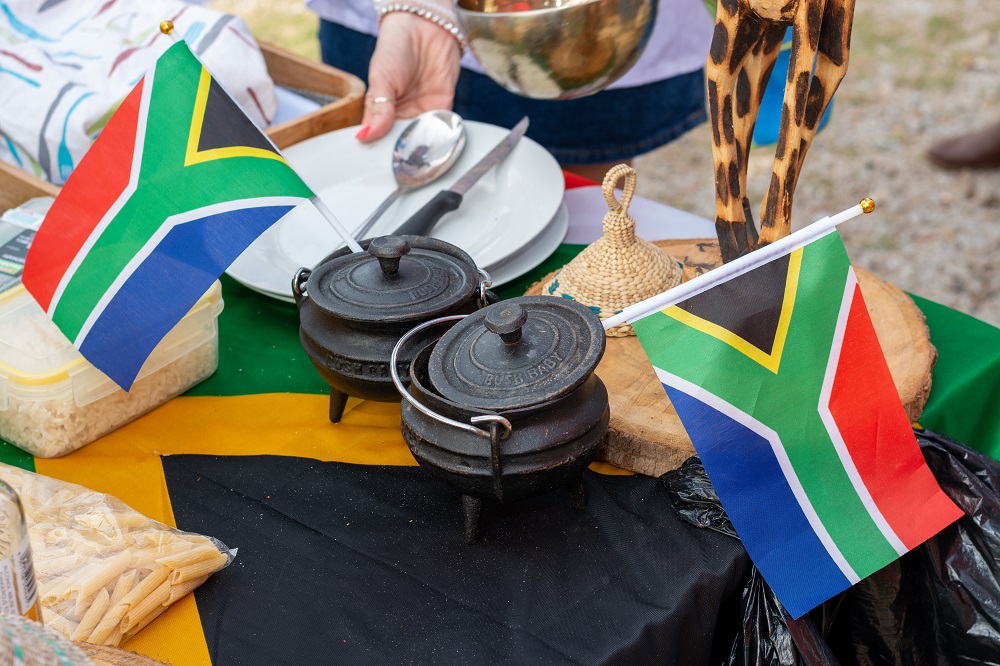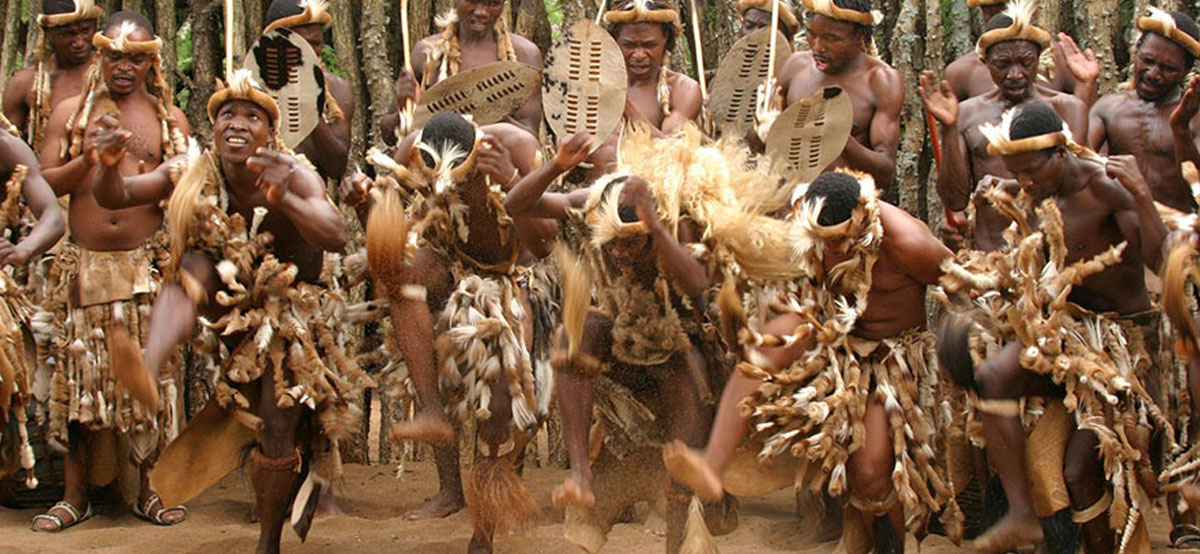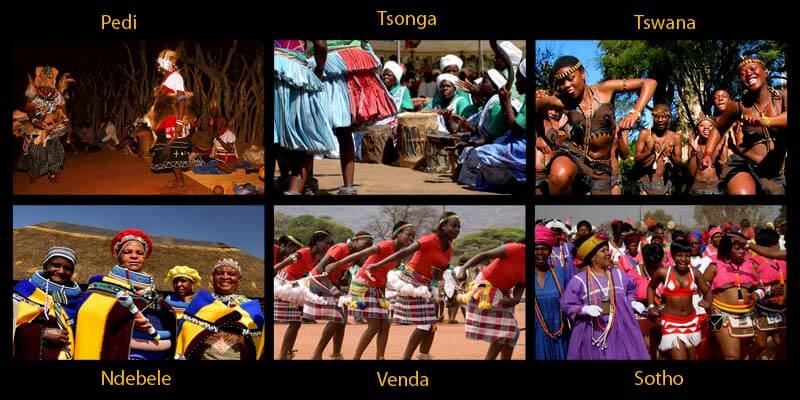South African Culture Today Fundamentals Explained
South African Culture Today Fundamentals Explained
Blog Article
The Definitive Guide for South African Culture Today
Table of ContentsRumored Buzz on South African Culture Today3 Easy Facts About South African Culture Today DescribedEverything about South African Culture TodayWhat Does South African Culture Today Mean?The 7-Minute Rule for South African Culture TodayThe Definitive Guide for South African Culture Today
This follows with singing and drum pounding. The couple then consult with the elders and discuss the significance of their union. A matter of importance in Zambian towns is the diing of enjoyed ones. All members of the town placed cash, effort and time together for the funeral of the deceased.Throughout the grieving duration; men stay outside the home and the females stay inside the house of the deceased. After discussing the deceased, the town walks to the area of interment to claim their last goodbyes. Songs and dancing is a very crucial element of the Zambian society. The various tribal devices have their very own dancing kinds; nevertheless, makishi prevails amongst all tribes.
Unknown Facts About South African Culture Today
When it comes to songs, drums are made use of one of the most, with a variety of drumming ceremonies. In Zambia, bulk of the people are Christian; Protestant and Roman Catholic. There are tiny groups of Muslims and Hindus, with the remainder complying with local native tribal ideas.

South African heritage and society is profoundly diverse, and contains several groups of individuals that each have their very own practices and ideas. Having such a diversity of people and cultures is what makes South Africa so unique. In the true feeling of the phrase, we are a rainbow country.
South Africa has roughly three hundred thousand Portuguese individuals residing in it. Making it the 7th on the listing of countries with the most Portuguese people in it beyond Portugal. Portuguese is not just a society, yet it is also a language and a nationality. Portuguese people stem from the nation of Portugal in Europe, however, because of Portugal (like numerous other nations in Europe) discovering the world and dominating various other countries throughout the 15th 20th centuries, South Africa has what we call Portuguese South African's living in it.
What Does South African Culture Today Mean?
Amongst the famous features of the topography is a plateau that covers nearly two thirds of the facility of the nation. The plateau complicated rises toward the southeast, where it climaxes in the Drakensberg variety, part of a cliff that separates the plateau from the seaside locations. The Drakensburg includes Sparkling wine Castle, the highest top in the nation.
The area north of the Witwatersrand, called the bushveld, inclines downward from east to west towards the Limpopo River, which creates the global border. The western area of the plateau, the middleveld, likewise comes down in the direction of the west and differs in elevation between the highveld and bushveld. Between the Drakensburg and the eastern and southern coast, the land comes down to the sea.
Nearer the coast there is a low-lying plain called the eastern lowveld. Southwest of the plateau the nation becomes gradually extra arid, offering means to the stony desert of the Great Karroo, verged on the eastern by the lower, much better watered plateau of the Little Karroo. Separating the completely dry southern interior from the sandy littoral of the southerly coast and West Cape is an additional range, the Langeberg.
What Does South African Culture Today Mean?
The nation's racially, ethnically, and politically divided background has produced national and subnational symbols that still function as icons of the nation, and others icons that are approved just by specific groups. The monuments to white settler conquest and political prominence, such as the Afrikaner Voortrekker ("pioneer") Monolith in Pretoria and the Rhodes Monument recognizing the British colonial empire building contractor and Cape head of state Cecil Rhodes, continue to be sectarian symbols.
The first modern residents were the San ("bushman") hunter-gatherers and the Khoi ("Hottentot") individuals, that herded livestock (South African culture today). The San might have been existing for countless years and left evidence of their presence in hundreds of ancient cave paints ("rock art"). Bantu-speaking clans that were the forefathers of the Nguni (today's amaZulu, amaXhosa, amaSwazi, and vaTsonga individuals) and Tswana-Sotho language groups (today's Batswana and Southern and Northern Basotho) migrated below east Africa as early as the fifteenth century

Both former republics of the Orange Free State and Transvaal (South African Republic) were established by Afrikaner inhabitants that defeated and dispossessed the Basotho and Batswana. Lesotho would certainly have been forcibly included into the Orange Free State without the extension of British defense in 1869. The supreme marriage of the nation resulted from the South African War (18991902) in between the British and the 2 Afrikaner republics, which decreased the nation to ruin at the beginning of the twentieth century.
Afrikaners traditionally considered themselves the only real South Africans click for source and, while granting complete citizenship to all citizens of European descent, denied that standing to people of shade till the autonomous transition of 1994. British South Africans keep a sense of social and social link to Great Britain without weakening their identity as South Africans.
South African Culture Today Fundamentals Explained
The variety and fragmentation within ethnic collections and the balance of tensions between those teams throughout the twentieth century prevented interethnic civil conflict. While intergroup tensions over resources, entitlements, and political prominence continue to be, those conflicts are as likely to pit Zulu versus Zulu as Zulu against Xhosa or African versus Afrikaner.
From colonial India, British vendors and managers brought the curved metal decorative roof coverings and slender lace job pillars that still typify the outdoor patios of cottages in the areas and cities throughout the country. Holy places contribute an important architectural home aspect even in the tiniest towns. Along with the soaring steeples and timeless stonework of Afrikaans Dutch Reformed churches, Anglican churches, synagogues, mosques, and Hindu temples provide selection to the religious building scene.

Slaughtering and the brewing of standard cereal beer are vital in safeguarding the engagement and a good reputation of the forefathers who are taken into consideration the guardians of good luck, success, and health. Indian communities preserve their native cooking practices and apply them on Islamic and Hindu ritual and ceremonial events. Afrikaners and Coloured individuals collect at weekend breaks and unique occasions at multifamily barbecues called braais, where neighborhood bonds are enhanced.
Due to the fact that this was the primary economic business of both black Africans and white colonists, problem between those groups fixated the belongings of grazing land and animals. In 1867, the largest ruby down payments on the planet were uncovered at Kimberley in the west central location. The riches from those areas assisted fund the exploitation of the best gold reef in the world, which was my blog discovered on the Witwatersrand in 1886.
Some Known Factual Statements About South African Culture Today
This brought about misconceptions and calculated misstatement in the transactions of white settlers and federal government authorities with African chiefs during the early american duration (South African culture today). In the establishment of African reserves, some elements of common and chiefly "tribal count on" land period were maintained, and even in white country locations, forms of public period were still practiced in locations with African neighborhoods
After the democratic transformation of 1994, programs for land restitution, redistribution, and reform were set up, however progress has actually been slow. The white minority still regulates eighty percent of the land. Following agricultural land intrusions in Zimbabwe, the Division of Land Affairs has actually vowed to speed up land redistribution.
Report this page